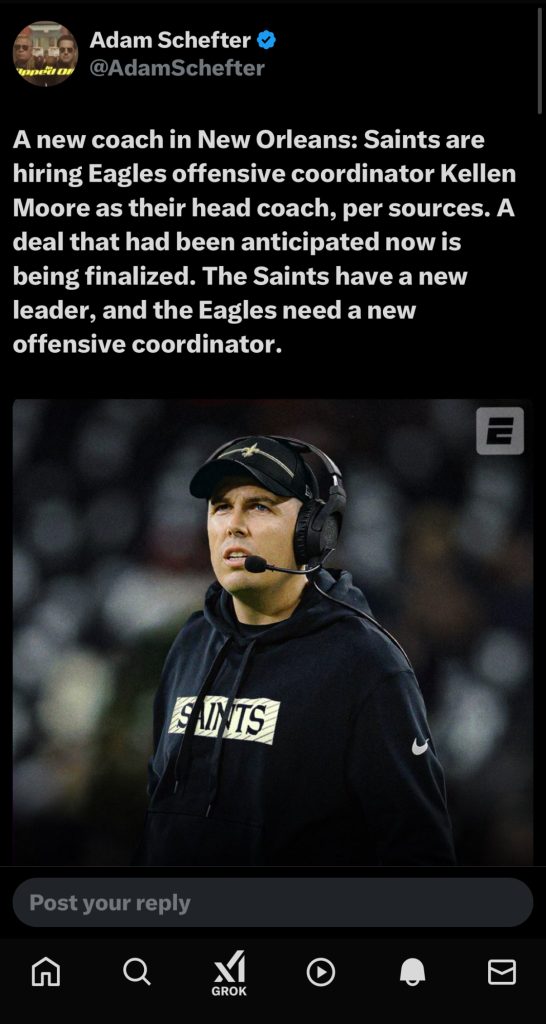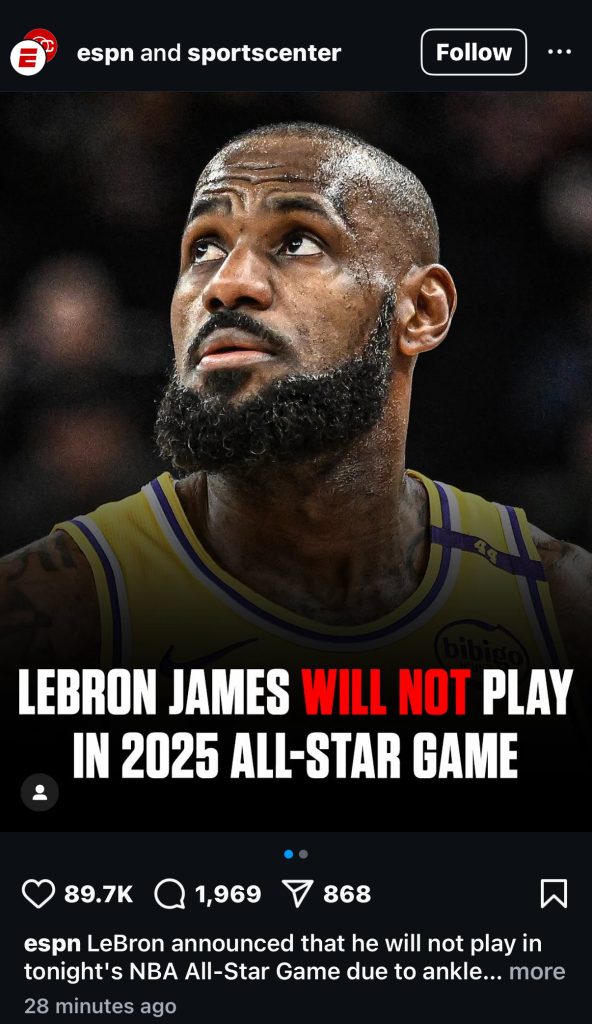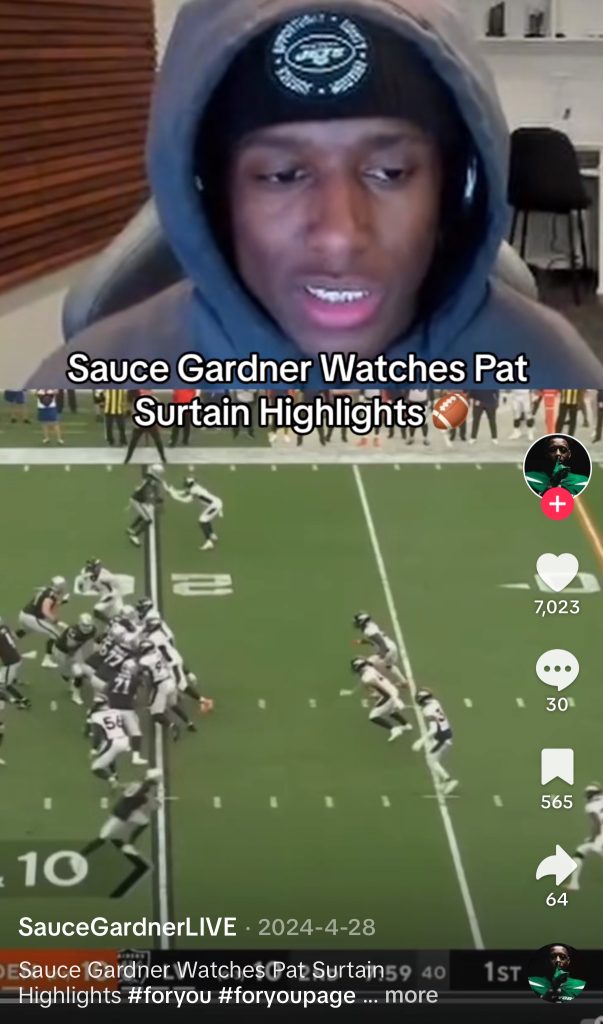If I were a college student ten years ago, my experience with consuming sports would have been a lot different than it is today. While Instagram was already a central platform for following sports back in 2015, the way I consumed sports media ten years ago was more focused on traditional TV broadcasts, websites, and Instagram. Fast forward to today, and my habits have shifted significantly with the rise of platforms like Twitter, TikTok, and streaming services such as YouTube TV and MLB.TV, which have become essential to how I follow sports—especially the Mets.
Sport Consumption Five to Ten Years Ago
I followed athletes, teams, and sports media organizations on Instagram in 2015, when it was already starting to become a popular platform for sports content. This allowed me to access player updates, behind-the-scenes photos, and short highlights. But I was still mostly depending on cable TV and sports websites like ESPN to see games in person. Instagram was not as dynamic as it is now, and although it was excellent for visual content, it lacked the interactive capabilities and real-time updates that Twitter and TikTok currently give. I would also use Twitter to get real-time score updates, but I was still primarily passive in my sports-related social media interactions, concentrating more on other people’s material than actively participating in the discussion.
My Current Sport Consumption Diet
The mainstays of my sport consumption experience these days are Instagram, Twitter, and TikTok, which provide me with a combination of amusement, interactive content, and real-time updates. I still use Instagram extensively to follow sports teams, athletes, and content. I get a combination of real-time updates, behind-the-scenes videos, and quick highlights there. I’m always informed thanks to Instagram’s Stories and post updates, whether it’s a thrilling dunk or a last-minute goal. Compared to 2015, I have a far more dynamic and interesting experience now that I can like, comment, and share stuff with other fans.
My go-to source for breaking sports news and real-time updates is now Twitter. When it comes to live commentary, breaking news, and fan comments, Twitter’s pace is unparalleled. I read live reactions, monitor hashtags, and observe how other people are interpreting significant moments during live games. It’s the fastest platform for making snap decisions about trades, injuries, and game-changing plays. Additionally, I follow players, reporters, and sports analysts personally, which adds to the experience’s genuineness and intimacy. I can now access the 24-hour sports news cycle on Twitter at any moment. Also, I know it is called “X” now, but I will always call it Twitter!
TikTok is becoming a more significant component of my sports consumption. How I interact with sports highlights and culture has been completely transformed by the site. I’m now exposed to imaginative, brief videos that are both enjoyable and educational, rather than just viewing highlights. TikTok has a knack for making sports material entertaining and relevant, whether it’s through memorable sporting events or amusing fan reactions. Additionally, I appreciate TikTok video creators that provide analysis, predictions, and breakdowns in an approachable yet captivating manner. I can easily catch up on the most important events of the day in a few minutes thanks to the concise, snappy structure.
In addition to social media, streaming services like MLB.TV and YouTube TV have become vital components of my sports viewing habits, particularly for me as a Mets fan. One of the primary sites I use to watch every Mets game this season is YouTube TV, which provides a handy way to watch live broadcasts of games, including local feeds. I adore that if I miss a live broadcast, I can catch up with game replays or watch games whenever I want. With regard to flexibility, it’s revolutionary because I can watch on my phone, laptop, or TV from anywhere.
When it comes to Mets games, MLB.TV has also become essential to me. I can watch live streaming of every game with MLB.TV, no matter where I am. I can follow the Mets from anywhere in the world thanks to it, which is ideal for whether I’m traveling or away from home. MLB.TV is a vital resource for any insane fan like myself, because it allows them to view replays, access comprehensive statistics, and even select from a variety of camera angles. For those late-night West Coast games that I might not be able to see in real time, it’s fantastic that I can stream games live or catch up later.
Predictions for The Next 5 Years
My sport consuming habits will still be dominated by apps like Instagram, Twitter, and TikTok, but they will develop in fascinating new ways. With its ability to combine amusement and commentary in a way that feels less like traditional media and more like a fan-driven discussion, I think TikTok will continue to expand as a platform for longer-form sports programming. TikTok might develop into a crucial venue for live reactions during games or interactive fan-driven events. AI and machine learning, in my opinion, will improve Twitter and make it much simpler to monitor player performance, game trends, and live game data. Based on data trends and fan opinion, I envision a future in which artificial intelligence will offer richer context or real-time forecasts for sports programming.
One Magic Wand Change
Improving accessibility to all sports content, especially for underrepresented or less economically successful sports, would be my one adjustment I would make to the sport communication landscape. The media landscape is dominated by popular sports, while many smaller or niche sports are difficult to access or are frequently concealed behind paywalls. In my ideal world, everyone would have access to more sports information, irrespective of platform or subscription costs. We could expand the sports scene, provide fans with more content, and assist lesser-known sports in receiving the recognition they merit by removing these obstacles.



Leave a Reply